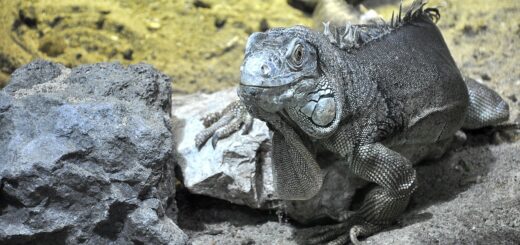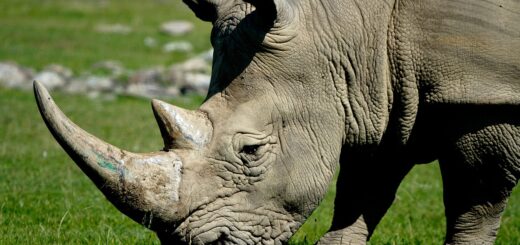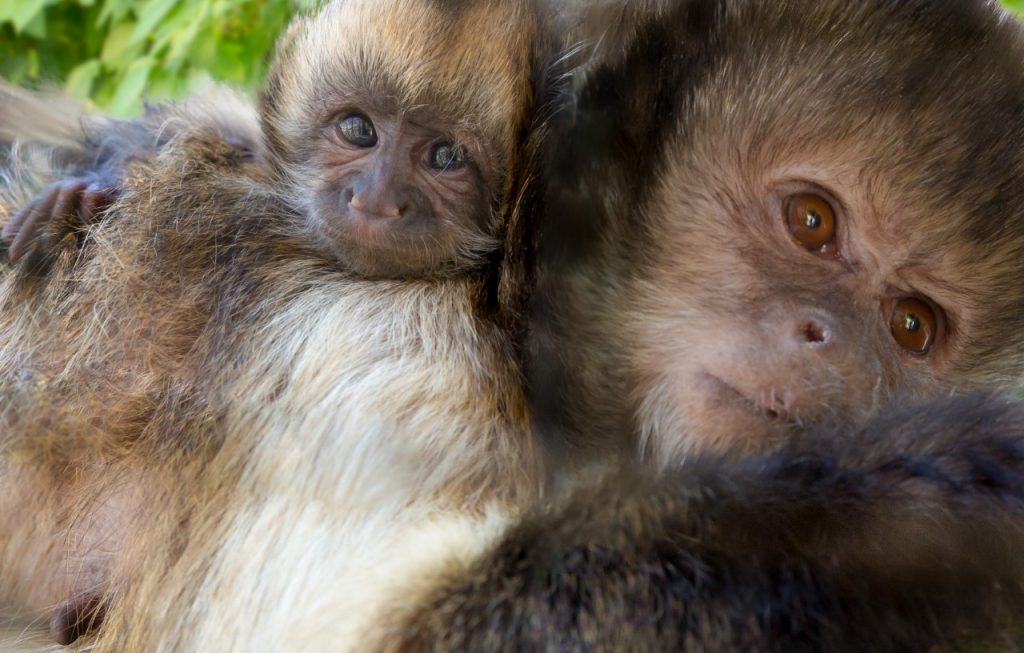Stronger than yesterday: new nutrient recommendations for lorisine primates
Citation
Cabana F, Dierenfeld E, Donatti G, Nekaris KAI. 2015. Stronger than yesterday: new nutrient recommendations for lorisine primates. In Bissell H, Brooks M Eds. Proceedings of the Eleventh Conference on Zoo and Wildlife Nutrition, AZA Nutrition Advisory Group, Portland, OR.
Abstract
Asia’s slow lorises (Nycticebus spp.) are heavily impacted by the illegal wildlife trade in Southeast Asia. Confiscated lorises by Customs officials find themselves in rescue centers with approximately 50% of them having had their lower teeth removed by the poachers and must remain in the rescue centre indefinitely, if they survive. Reintroductions do occur but success is very low. Despite evidence from four species in the wild that lorises largely consume exudates, insects and nectar, captive lorises are often fed a high fruit diet, with approximately 63% of facilities reporting diet-related health issues including dental, renal, facial problems, obesity and impaired breeding. The Javan slow loris (Nycticebus javanicus) is now critically endangered because of the pet trade and declining habitat. Understand their feeding ecology is essential to determining what they should be fed in captivity. We followed radio collared free-ranging Javan slow lorises (N. javanicus) (n = 17) for 10 months at a field site in Cipaganti (Java, Indonesia), itemising and quantifying their native diet and nutrient intake using various methods. Samples of food items were collected for chemical analysis. The food transit and mean retention time trials across five Nycticebus species show that the Javan slow loris is a suitable model for the genus and that their morphology and physiology is indeed adapted to digest structural carbohydrates. The current captive diet is far removed from the wild diet in terms of nutrients. The inclusion of gum into the diet increased micronutrient profiles considerably. The new diet trial removed all fruit and included vegetables, gum arabic and insects which created a nutrient profiles similar to wild intake. The new diet had a nutrient profile and food transit and mean retention time similar to wild type diets. This diet is believed to generate future health benefits as well as optimising physiological functions within Nycticebus primates.
 04_Cabana.pdf 139 KB
04_Cabana.pdf 139 KB








